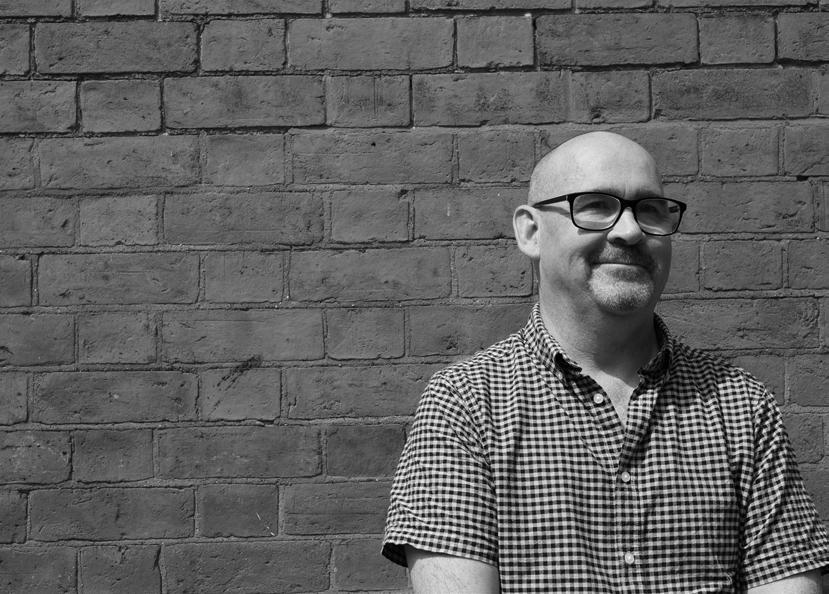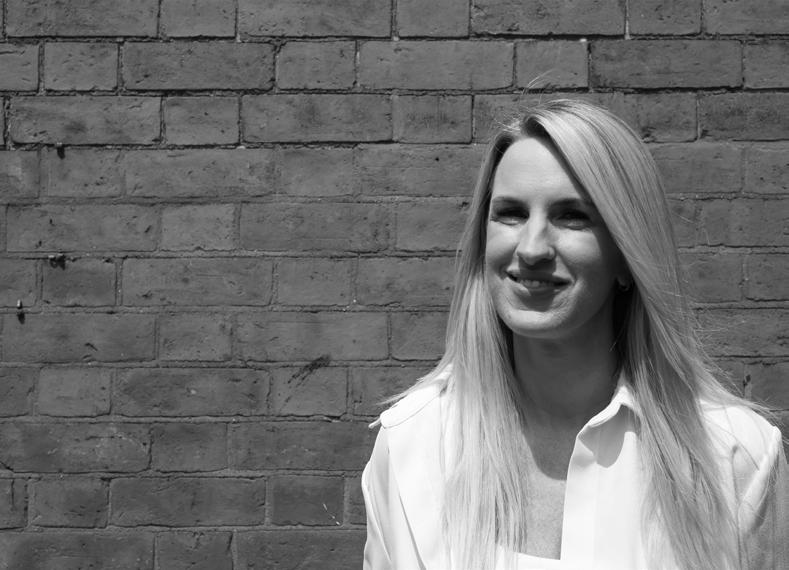

ASC DESIGN TEMPLATE
CARE LEAVERS
CARE LEAVERS ASC DESIGN TEMPLATE





Meet the dazzle 21








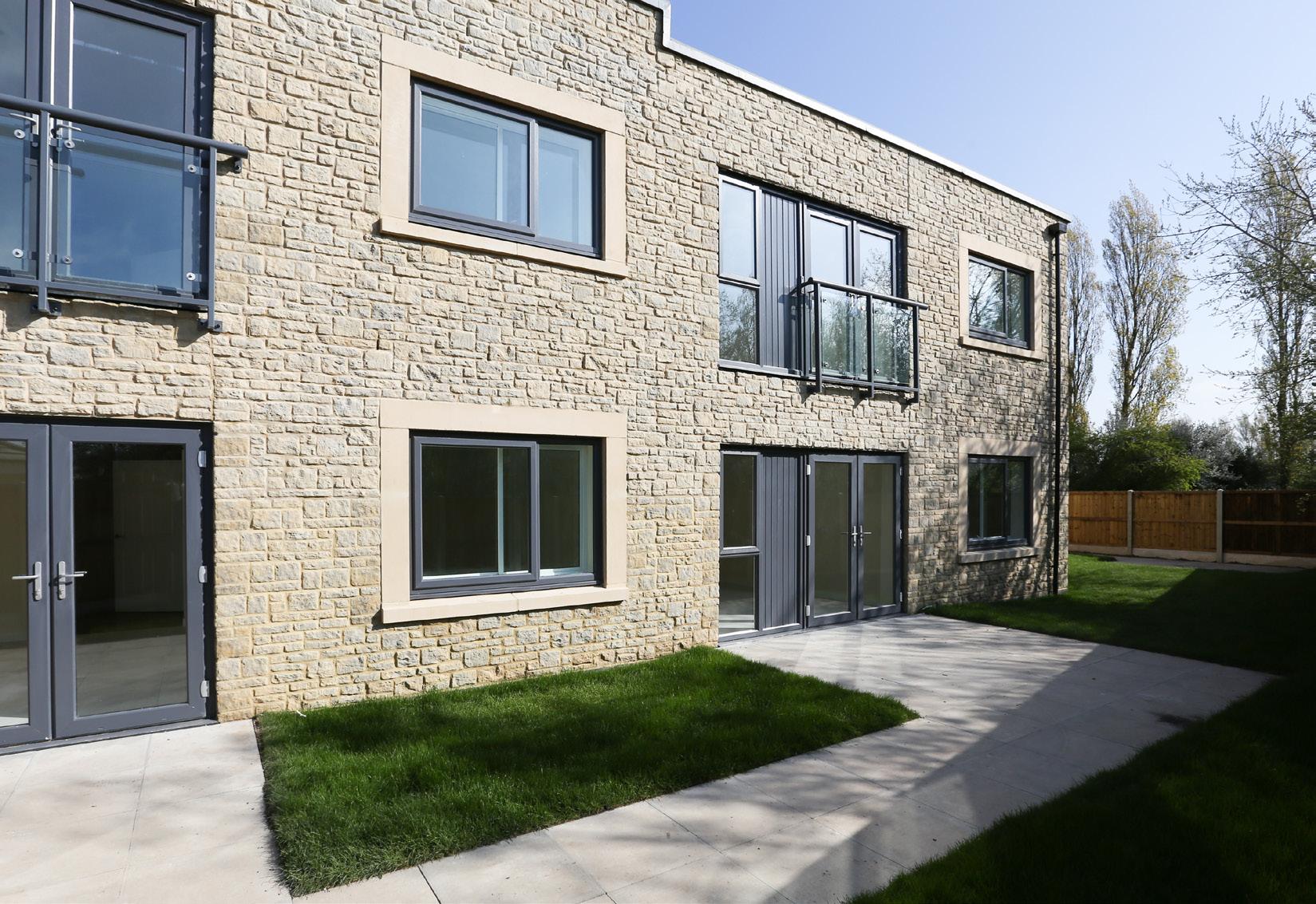

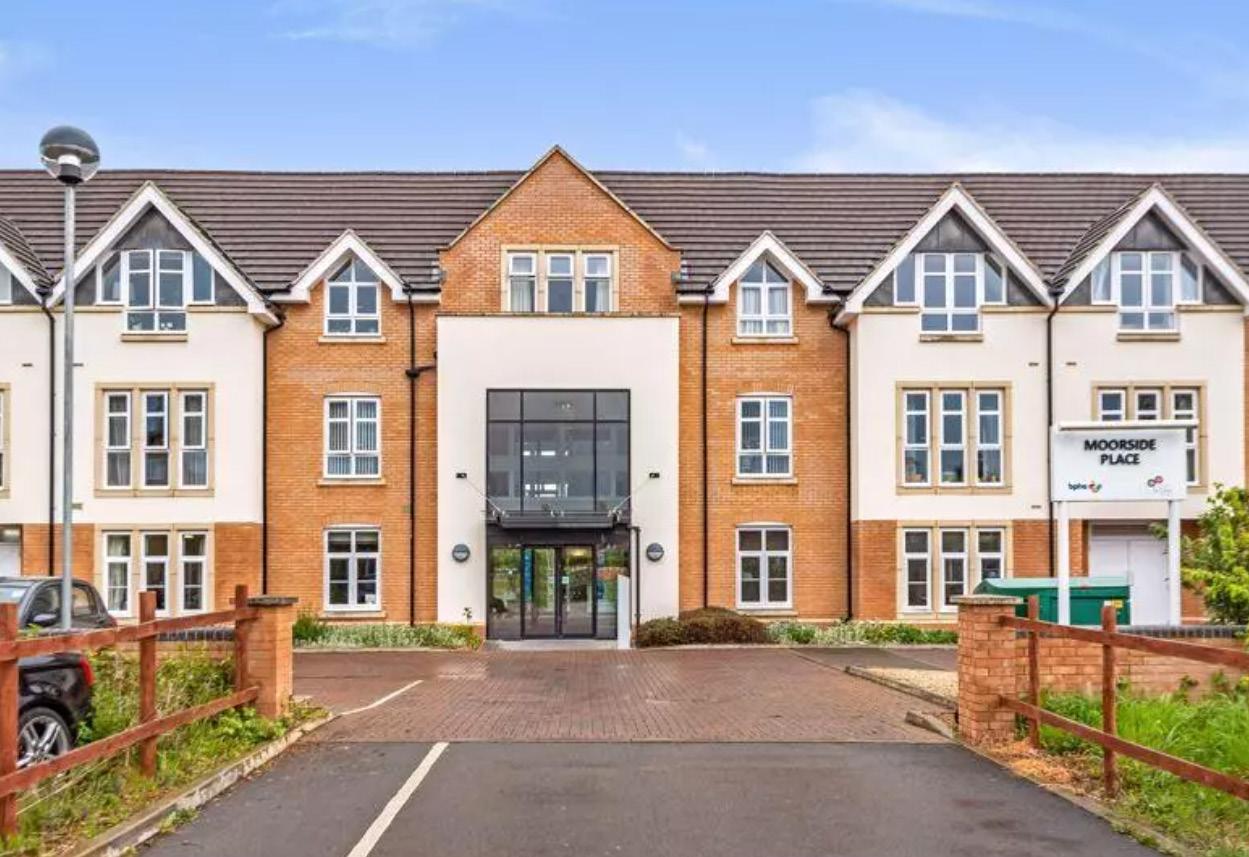







ASC DESIGN TEMPLATE
CARE LEAVERS
CARE LEAVERS ASC DESIGN TEMPLATE





Meet the dazzle 21
















High quality design combined with commercial sense, delivered in a way to suit you.
Zebra Architects are an established, friendly and diverse practice operating nation-wide from the stunning St Georges Square in Worcester.
We are renowned for creating high quality, carefully crafted buildings and spaces where creativity unlocks the constraints and adds value to your journey and end result. We want to find the balance between innovation, design and sustainability which suits you, and we have a superb track record of achieving planning consents.
Commercially astute at adding value without adding cost, we know how to make your budget stretch further. We guide you to ensure you don’t have to compromise your project and, put simply, the value you gain working with us will far outweigh our fees.
worcester
30 st georges square WR1 1HX
01905 351 472


hello@zebraarchitects.co.uk



Zebra Architects Limited are an award winning RIBA registered practice with office in Worcester.
Formed in 2004, Zebra has extensive experience in providing schemes for specialist and supported housing in relation to adult social care, Including supported/ assisted living.
Zebra’s schemes are nationwide for a variety of providers including the following:
Sanctuary, Civitas, Platform Housing, Connexus, Alliance Housing, Housing 21, Autism West Midlands, Lisieux Trust, Specialised Supported Housing, Rooftop Housing and Keon.


Zebra undertakes all RIBA stages from briefing to handover, collaborating with clients and user groups to establish project briefs through workshops and on-site observations of care settings.
Our designs prioritize sustainability, employing a fabric-first approach and incorporate Passive House principles.


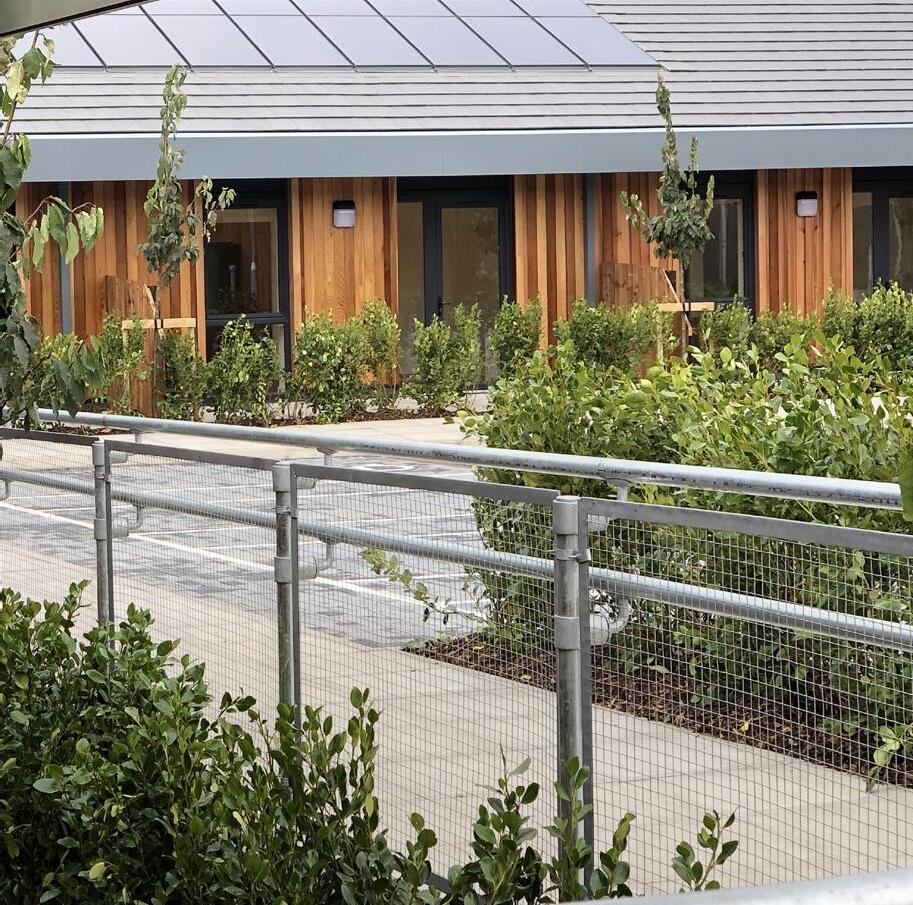
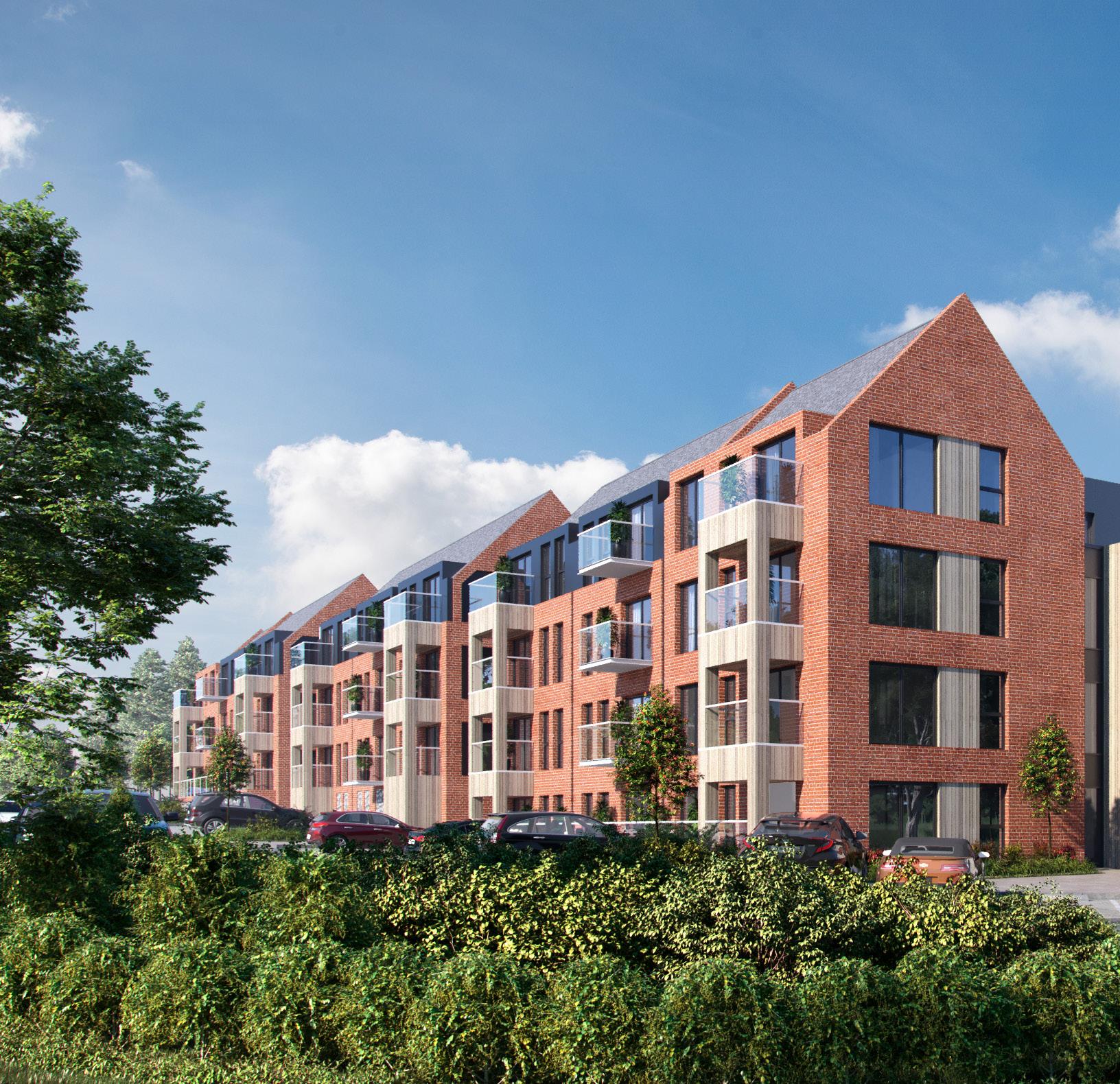


Natural Light and Ventilation:
Maximising natural light and ensuring proper ventilation are essential for residents’ well-being.
Acoustic Privacy:
Sound insulation between apartments is crucial for a peaceful living environment.
Safety Features:
Install handrails, anti-slip flooring, and adequate lighting to prevent accidents in common and private areas.
Storage Solutions:
Sufficient storage space helps residents keep belongings organized and living areas clutter-free.






Creating comfortable staff spaces in Assited living buildings is vital for promoting staff well-being and ensuring quality resident care.
Here are key considerations:
Break Areas:




Comfortable break rooms with seating, tables, and entertainment options let staff relax during breaks.
Catering Facilities:
A small kitchen area with a fridge and microwave encourages staff to prepare meals.

Quiet Zones:
Designated quiet areas help staff unwind in high-stress environments.


Training Spaces:
Flexible areas for training and meetings enhance collaboration and communication.
Feedback Mechanisms:

Regularly gather staff feedback to improve accommodations.





Navigation:
To improve the building’s functionality and accessibility, clear circulation pathways are essential. One-way systems will streamline movement and reduce congestion.
Informative signage will guide residents and visitors, enhancing navigation.
In larger buildings, multiple lifts should be distributed throughout to ensure easy access for all residents.
These enhancements will create a user-friendly environment that priorities movement and safety for everyone.










21st March 2025

Definition:
For the purposes of the workshop, the cohort is defined as residents aged 18-24 leaving local authority care. Their needs may be varied and include mental health challenges, neurodiversity, and physical disabilities.
Outcome:
The aim of the design is to create a development of temporary homes that support residents in building independence and developing essential life skills, while ensuring they do not feel isolated or unsafe.




Many members of the cohort may not have access to a private vehicle, making strong public transport links essential. Proximity to reliable bus routes will also support staff, some of whom may not drive. While promoting active and sustainable travel, sufficient car parking must still be provided for staff and visitors. Current planning policy recommends 1 space per 3 residents and 1 space per 5 staff. However, the latter is considered insufficient, and a revised standard of 3 spaces per 5 staff is proposed to better reflect operational needs.
Cycle parking provision under current policy is also seen as inadequate. A more appropriate standard would be 1 cycle space per resident, with an additional 1 space per 5 staff, to promote active travel and meet real-world demand. The development should also include provision for a larger vehicle, such as a minibus or ambulance, and space for storing pushchairs.
The site should be located close to local amenities, including shops, employment opportunities, and regular public transport services. It is recommended that the site not be situated in highly affluent areas, as previous cohorts have experienced frequent complaints from neighbouring residents in such locations. Proximity to emergency services— particularly a hospital—would also be advantageous.
External space is a critical component of the development. To ensure privacy for both residents and neighbouring properties, all buildings should be set back behind green buffer zones along the site boundaries. These buffers will also help reduce noise transmission from the cohort to nearby properties. The outdoor environment should include a combination of quiet and interactive zones, with features such as gardening areas to support therapeutic and recreational activities.

Diagram





The cluster flats will consist of self-contained units, each with its own front door. Each flat will include a double bedroom, kitchenette, bathroom, and storage space, while residents will share communal living areas, including a kitchen, living room, and laundry facilities. To reduce the risk of uninvited guests and potential exploitation, it is recommended that the development have a single, secure point of entry.
The development should accommodate between 12 and 16 bedroom units. In cases where residents have higher support needs (such as mental health conditions), clusters should be limited to 10-12 bedrooms to ensure a more manageable environment.
Consideration should be given to providing larger rooms with a washing machine and fridge for single mothers with babies, and it is suggested that 10% of the rooms be designed to accommodate a cot and pushchair.
Staffing levels will be based on the complexity of resident needs, with a 1:3 ratio for those with complex needs and a 1:6 ratio for residents with less complex needs. The development should include dedicated staff areas, such as a staff room, office, key working room, WC, kitchen facilities (which may be integrated into the staff room), and a staff bedroom with an en-suite bathroom.
The construction specification should prioritize robustness to prevent damage and vandalism, while anti-ligature measures should be incorporated from the outset to reduce the potential for self-harm. Ideally, the buildings should be no higher than two storeys, and the use of balconies should be avoided to further reduce safety risks.
Larger care village developments that can accommodate multiple cohorts are strongly supported.
Assistive and adaptive technology should be considered in all schemes, even if limited to initial containment for future use.
Step-up and step-down accommodation was a key focus across many workshop discussions.
Flexibility and adaptability of spaces to allow for future-proofing was consistently identified as a priority.















